#anatoly dyatlov
Text

Chernobyl (2019)
#2019#film#series#TV show#television#aviation#history#Chernobyl#Craig Mazin#Johan Renck#Stellan Skarsgard#Boris Shcherbina#Jared Harris#Valery Legasov#Emily Watson#Ulana Khomyuk#Paul Ritter#Anatoly Dyatlov#Reactor Number Four#Pripyat#USSR#Ukraine#Mil#Mi-8#nuclear disaster
61 notes
·
View notes
Text
I have been absent from here for a long time due to life, but I miss having people to talk about Paul Ritter characters with. And my AO3 Chernobyl fanfics have started getting kudos again. I hadn't thought of them for so long! I've re-read some of them, they made me smile
#paul ritter#chernobyl hbo#anatoly dyatlov#boris stolyarchuk#chernobyl#ao3 fanfic#Paul Ritter Characters#give me the beat boys free my soul I wanna get lost in a fanfic hole and drift away
8 notes
·
View notes
Text

Anatoly Dyatlov by yours truly. Reddit loved this piece but I know nobody here cares about my insane doings
#chornobyl#anatoly dyatlov#26th april 1986#nuclear disaster#chernobyl#чернобыль#чорнобиль#digital drawing#my art#fanart
13 notes
·
View notes
Text
"If I say is safe, is safe" Anatoly Dyatlov
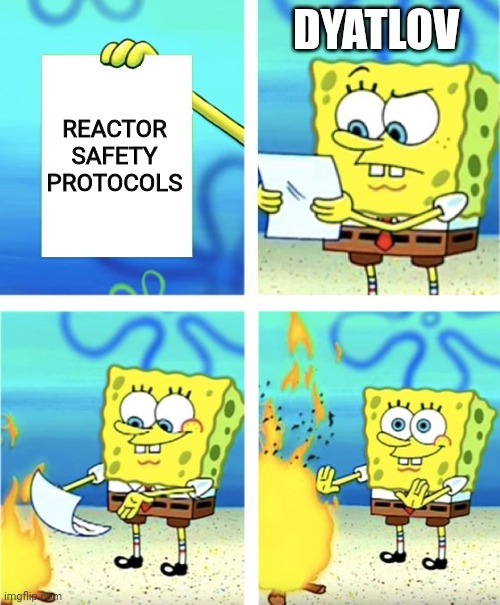
#chernobyl hbo#hbo chernobyl#chernobyl#hbo max#hbo series#Chernobyl memes#Meme#Memes#Anatoly Dyatlov#chernobyl disaster
28 notes
·
View notes
Text




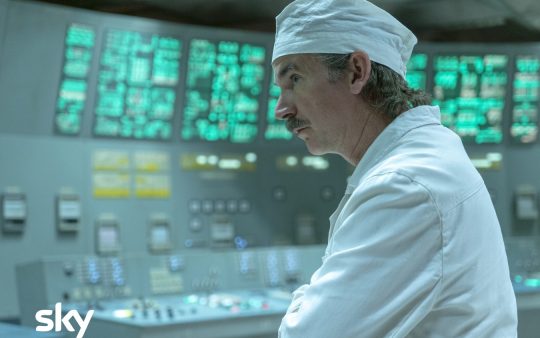


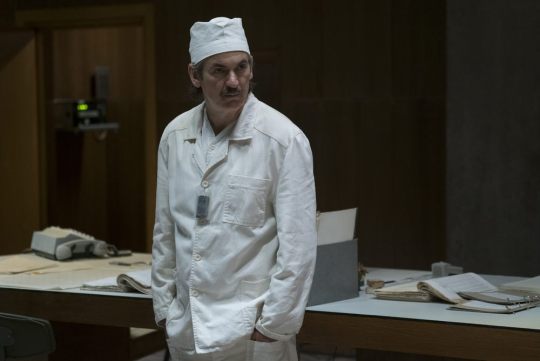
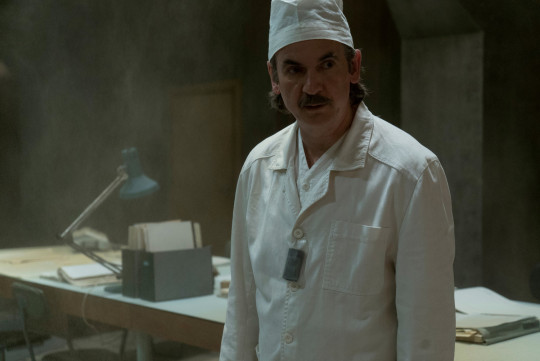






Tolya. 💙
#chernobyl#craig mazin#anatoly dyatlov#dyatlov#paul ritter#adrian rawlins#fomin#publicity stills#deleted scene#hospital
21 notes
·
View notes
Text
If I had a nickel for every time the name Dyatlov was associated with a disaster in the Soviet Union, I would have two nickels, which isn't a lot, but it's weird that it happened twice.
#dyatlov pass#chernobyl#chernobyl disaster#igor dyatlov#anatoly dyatlov#dyatlov#dyatlov pass incident#ussr#soviet union#1959#1986
40 notes
·
View notes
Text

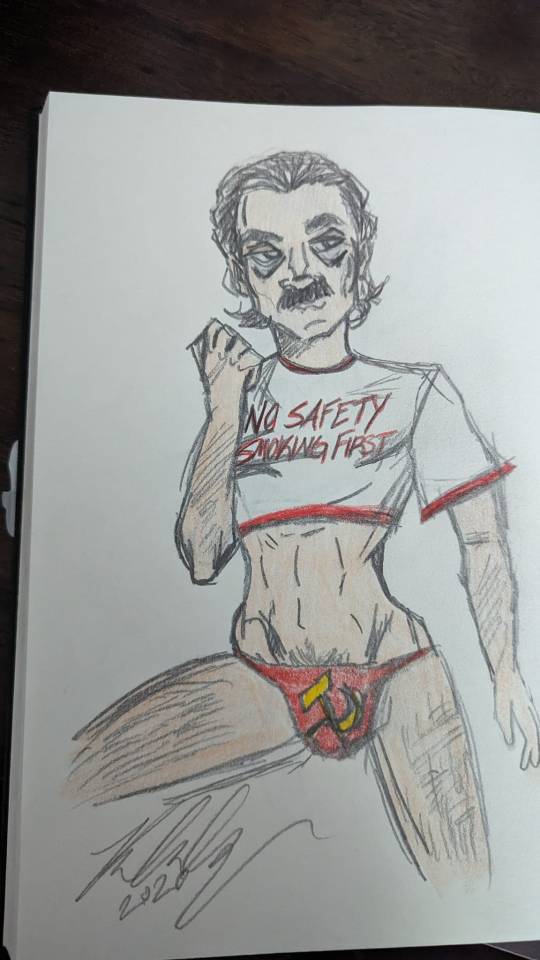
Happy 4th anniversary to this cursed Anatoly Dyatlov drawing I made based off a t-shirt meme.
#my art#kasaundra's art#anatoly dyatlov#chernobyl#chernobyl hbo#chernobyl fanart#chernobyl hbo fanart#no safety smoking first#chernobyl memes#funneh
0 notes
Photo


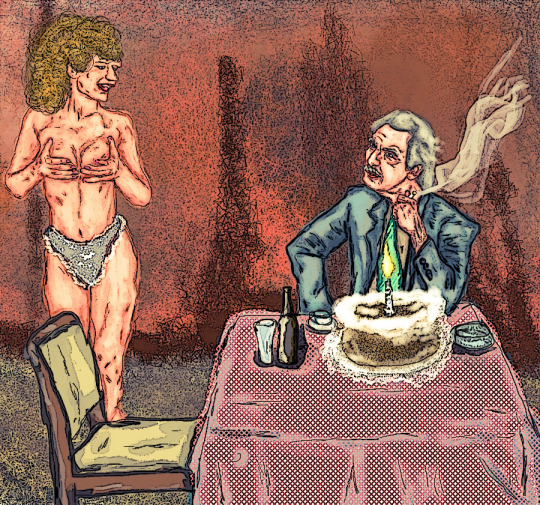
Just Dyatlov- being cool as always :D
1 note
·
View note
Note
hi!!!! can you post the “psychological lessons of chernobyl” to here as well please 🌝😊
you can punch this link into scihub and you'll get the article 😘 be warned, it's pretty disappointing imho
1 note
·
View note
Text
Footage of the control room of Unit 4 at the CNPP a few months after the accident.
This room was where Reactor 4 was operated from. Somewhere on these panels is the AZ-5 SCRAM button that caused the explosion at Chernobyl.
The control panels have been stripped of many of their components. Plastic covers the contaminated equipment to prevent the spread of radionuclides. This room was sealed into the Sarcophagus along with the remains of the reactor it once operated. You can actually still visit it today on special tours, although the condition of the equipment has deteriorated significantly.
#chernobyl#accidents and disasters#nuclear reactor#nuclear power#control room#nuclear#disaster#history#autism#radiation#every man in this room the night of the accident died within weeks#except anatoly dyatlov who unfortunately for him was the guy in charge at the time lol#footage
1 note
·
View note
Text
Chernobyl
It was April 26, 1986, and Anatoly Dyatlov was in charge. Tasked with running a test for Reactor No. 4 at the Chernobyl Nuclear Power Plant, it began much later than planned, and with an entirely different crew. Beginning just after 1 AM, the maintenance program immediately went array.
Under Dyatlov was shift supervisor Aleksandr Akimov and senior reactor control chief Lenoid Toptunov. They had access to a guide that was meant to give step-by-step instructions on how to run the tests. However, many of the steps had been crossed out or written over. The previous shift had told them to ignore the alterations.
The power levels in the reactor core began to fluctuate at inappropriate levels. The shift personnel on scene were becoming nervous over the state of the reactor. Akimov was alleged to have voiced his wishes for the test to be halted, but Dyatlov was insistent on it being carried out to completion. But the worrying numbers became too much for 25-year-old Toptunov. At 1:23.4 AM, he pressed the A-Z5 button, meant to immediately stop any activity in the reactor by inserting all control rods into the core. Instead, two explosions rocked the building.
The control rods are meant to halt fission activity in a reactor core, to stop any radioactive power generation halt. But, unknowing to the crew, Soviet RBMK reactors, the type used at Chernobyl, had a horrible flaw. The tips of the control rods were covered in graphite. Graphite, instead of stopping nuclear fission, makes it increase many times over. With all rods being inserted at once, the power level rose to an unknown number. First, the upper shield of the reactor was blown clean off, smashing through the ceiling of Reactor No. 4. Pipes and wires were destroyed upon the blast. Without water being able to run into the core, another explosion occurred, flinging radioactive debris everywhere.
Radioactive isotopes were flung out into the open air. Firemen arrived to put out what they thought was a burning roof fire. Instead, they came face-to-face with the glow of Cherenkov radiation. That is when the air becomes so radioactive that the oxygen atoms ionize in real time. Those who have seen the unearthly blue glow up close do not often live to tell the tale.
Unaware of exactly what had happened, but knowing that something must be done, both firefighters and reactor personnel worked as hard as they physically could to get the ruined reactor under control. Attempts were made to put water into the core, as it would hypothetically help moderate any reactions occurring there. But, at this point, the core did not exist anymore.
Soon, many firefighters and plant personnel began to fall ill. Vomiting, burns, and confusion began to sweep through the men. These are the initial symptoms of Acute Radiation Syndrome (ARS). Those suffering from ill symptoms were taken to Prypiat Hospital. But the institute was not equipped for even a small-scale radiation incident, not to mention the dire situation that Chernobyl was in at this point. The critical patients were quickly sent to Moscow Hospital No. 6, the top Soviet hospital for radiation injuries. However, even with treatment, it was not enough for many of those exposed. Officially, there are 31 deaths attributed to the Chernobyl disaster, consisting of firefighters and plant personnel. But this number does not take into account those who came in to clean up the destroyed reactor.
The roof was covered in radioactive debris. At first, robots were to be used to move the material back into the blown out hole into the roof. But the radiation was so high that the machinery was quickly shorted out. Thus, it was decided that humans must be used to clean. Those sent to the roof were known as Biorobots. One person should have only been on the roof for 90 seconds, doing as much as possible before leaving with a very large dose of radiation. But it would hopefully not be enough that it would cause damage. But many liquidators, both on the roof and decontaminating the 30 meter exclusion zone, were never given ways to track their exposure. Many were simply working until they were told to leave. It is unknown the death toll of Chernobyl liquidators, as the Soviet Union never attributed any of the increased cancer rates to radiation exposure. The increase in childhood cancer is also not considered. The true number of fatalities due to the Chernobyl disaster is unknown.
There is so much more to the Chernobyl story. From the scientists who handled the unprecedented disaster, to the shady practices of the Soviet government; there are many factors and consequences which can be studied about the Chernobyl Nuclear Power Plant. More sources of information are included in the description.
#nuclear breakdown#nuclear science#nuclear radiation#nuclear physics#nuclear#radioactivity#radiation#chernobyl#CNPP#science
28 notes
·
View notes
Text
Dyatlov meme dump





22 notes
·
View notes
Photo




Book Recommendations: More Nonfiction Book Club Picks
Midnight in Chernobyl by Adam Higginbotham
April 25, 1986, in Chernobyl, was a turning point in world history. The disaster not only changed the world’s perception of nuclear power and the science that spawned it, but also our understanding of the planet’s delicate ecology. With the images of the abandoned homes and playgrounds beyond the barbed wire of the 30-kilometer Exclusion Zone, the rusting graveyards of contaminated trucks and helicopters, the farmland lashed with black rain, the event fixed for all time the notion of radiation as an invisible killer.
Chernobyl was also a key event in the destruction of the Soviet Union, and, with it, the United States’ victory in the Cold War. For Moscow, it was a political and financial catastrophe as much as an environmental and scientific one. With a total cost of 18 billion rubles - at the time equivalent to $18 billion - Chernobyl bankrupted an already teetering economy and revealed to its population a state built upon a pillar of lies.
The full story of the events that started that night in the control room of Reactor No.4 of the V.I. Lenin Nuclear Power Plant has never been told - until now. Through two decades of reporting, new archival information, and firsthand interviews with witnesses, journalist Adam Higginbotham tells the full dramatic story, including Alexander Akimov and Anatoli Dyatlov, who represented the best and worst of Soviet life; denizens of a vanished world of secret policemen, internal passports, food lines, and heroic self-sacrifice for the Motherland. Midnight in Chernobyl, award-worthy nonfiction that reads like sci-fi, shows not only the final epic struggle of a dying empire but also the story of individual heroism and desperate, ingenious technical improvisation joining forces against a new kind of enemy.
Last Call by Elon Green
The Townhouse Bar, midtown, July 1992: The piano player seems to know every song ever written, the crowd belts out the lyrics to their favorites, and a man standing nearby is drinking a Scotch and water. The man strikes the piano player as forgettable.
He looks bland and inconspicuous. Not at all what you think a serial killer looks like. But that’s what he is, and tonight, he has his sights set on a gray haired man. He will not be his first victim. Nor will he be his last.
The Last Call Killer preyed upon gay men in New York in the ‘80s and ‘90s and had all the hallmarks of the most notorious serial killers. Yet because of the sexuality of his victims, the skyhigh murder rates, and the AIDS epidemic, his murders have been almost entirely forgotten.
This gripping true-crime narrative tells the story of the Last Call Killer and the decades-long chase to find him. And at the same time, it paints a portrait of his victims and a vibrant community navigating threat and resilience.
Yellow Bird by Sierra Crane Murdoch
When Lissa Yellow Bird was released from prison in 2009, she found her home, the Fort Berthold Indian Reservation in North Dakota, transformed by the Bakken oil boom. In her absence, the landscape had been altered beyond recognition, her tribal government swayed by corporate interests, and her community burdened by a surge in violence and addiction. Three years later, when Lissa learned that a young white oil worker, Kristopher "KC" Clarke, had disappeared from his reservation worksite, she became particularly concerned. No one knew where Clarke had gone, and few people were actively looking for him.
Yellow Bird traces Lissa's steps as she obsessively hunts for clues to Clarke's disappearance. She navigates two worlds - that of her own tribe, changed by its newfound wealth, and that of the non-Native oilmen, down on their luck, who have come to find work on the heels of the economic recession. Her pursuit of Clarke is also a pursuit of redemption, as Lissa atones for her own crimes and reckons with generations of trauma.
Lost & Found by Kathryn Schulz
Eighteen months before Kathryn Schulz's father died, she met the woman she would marry. In Lost & Found, she weaves the story of those relationships into a brilliant exploration of the role that loss and discovery play in all of our lives. The resulting book is part memoir, part guidebook to living in a world that is simultaneously full of wonder and joy and wretchedness and suffering - a world that always demands both our gratitude and our grief. A staff writer at The New Yorker and winner of the Pulitzer Prize, Schulz writes with curiosity, tenderness, erudition, and wit about our finite yet infinitely complicated lives. Lost & Found is an enduring account of love in all its many forms from one of the great writers of our time.
#book club books#book club#book club pick#nonfiction#nonfiction reads#nonfiction books#Nonfiction Reading#library books#book recommendations#book recs#reading recommendations#reading recs#TBR pile#tbr#to read#booklr#book tumblr#book blog
16 notes
·
View notes
Text
But yeah reading more abt Chernobyl I was really struck by the fact that Anatoly Dyatlov had been awake for 48 hours by the time he started supervising the turbine test. Like until we have systems in place that prevent unsafe working conditions like that, I just don’t feel comfortable with nuclear power production.
7 notes
·
View notes
Text
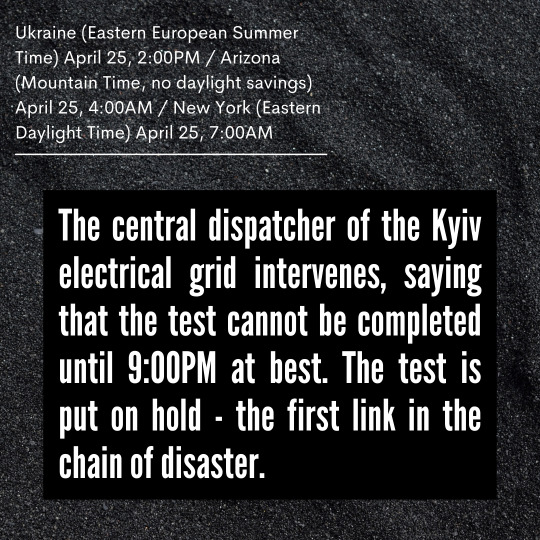
The test should have been scrapped at this point. The plant's chief engineer Nikolai Fomin and deputy chief engineer Anatoly Dyatlov allowed it to continue. Plant director Viktor Bryukanov was unaware that the test was taking place.
#Chernobyl#chornobyl#valery legasov#boris shcherbina#chernobylhbo#ukraine#europe#fuck putin#putin is a war criminal
5 notes
·
View notes